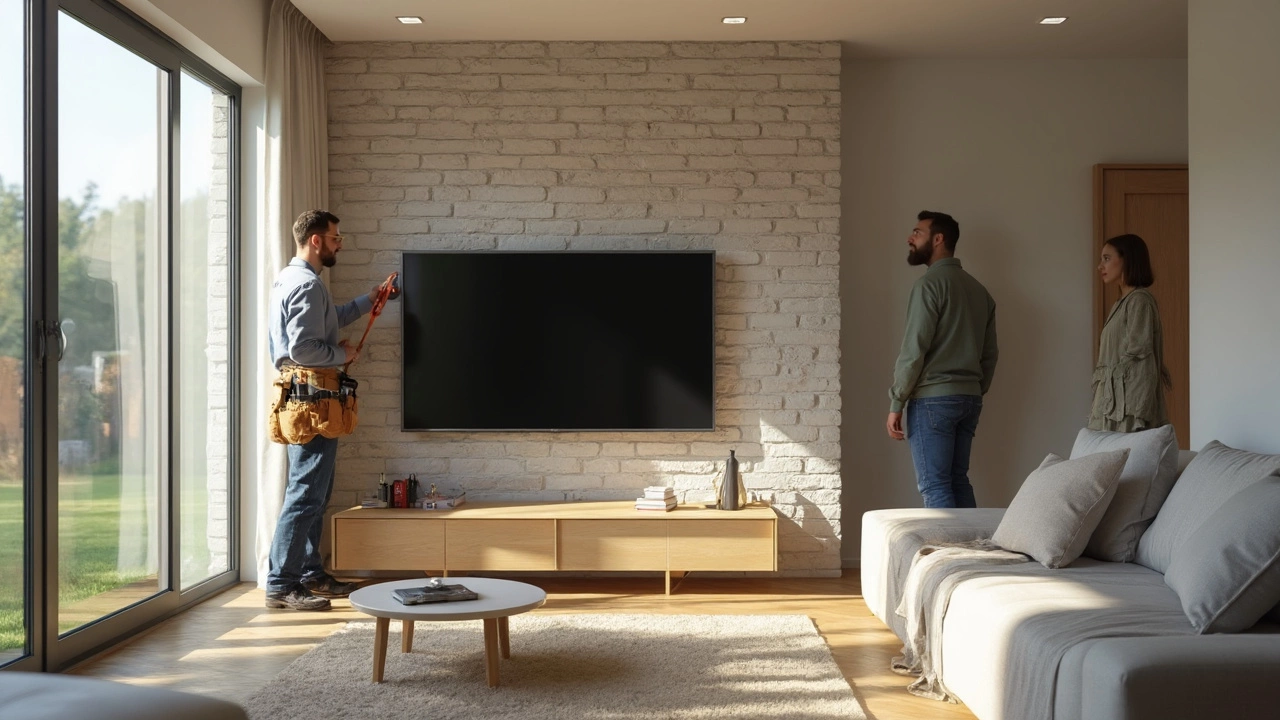New Build Guide: Essential Tips, Costs, and Common Issues
Starting a new build can feel like stepping into the unknown. You’ve got a budget, a plot, maybe a designer, but the details quickly pile up. This guide cuts through the noise and gives you straight‑forward advice you can use today.
First off, set a realistic budget before you sign any contract. Include a 10‑15% buffer for unexpected items – things like extra site prep, soil issues, or a surprise change in material cost. Most homeowners forget that buffer and end up scrambling when a hidden cost pops up.
Choosing the Right Materials
The material you pick for flooring, walls, and the foundation will affect both the look and the long‑term maintenance. For flooring, hardwood gives that classic feel but can be pricey and needs regular refinishing. Luxury vinyl plank offers durability, water resistance, and a lower price point – perfect for busy families.
When it comes to the slab, a good concrete mix with proper reinforcement can save you from costly cracks later. Look for a mix that includes fibre reinforcement if your soil is expansive. It’s a small extra cost that pays off when you avoid horizontal foundation crack repairs.
Don’t overlook insulation. A well‑insulated envelope reduces heating bills and can improve resale value. Spray foam, mineral wool, and rigid board are all solid choices; pick the one that fits your climate and budget.
Spotting and Fixing Common New Build Problems
Cracks are the most common worry for new homeowners. Hairline cracks in drywall are usually harmless, but wide cracks in the concrete slab or foundation can signal structural movement. Measure the crack width – if it’s over 3 mm, call a structural engineer.
Another red flag is uneven floors. This often points to settlement issues. A simple level test in several rooms can tell you if the floor is sloping more than a few millimetres. If you spot a problem early, a professional can inject epoxy or install a carbon fibre patch before the issue worsens.
Roof work often surprises owners with high prices. The main drivers are labour, material quality, and safety measures like scaffolding. Get at least three quotes and ask each contractor to break down the costs. That way you can see where you might save – for example, by choosing metal roofing over slate.
Plumbing leaks in a new build are rare but can happen if pipe connections aren’t sealed properly. A quick test is to run water at full pressure for 15 minutes and watch for any drips. Early detection avoids water damage and mold growth later on.
Finally, keep an eye on the final hand‑over checklist. Confirm that all fixtures work, doors open smoothly, and any agreed‑upon extras are installed. Signing off on a clean checklist protects you from future disputes.
Building a new home is a big project, but with the right preparation you can avoid most headaches. Stick to a solid budget, pick durable materials, and watch for the common trouble spots we’ve highlighted. By staying proactive, you’ll enjoy a house that stands up to the years ahead and matches the vision you set out with.

